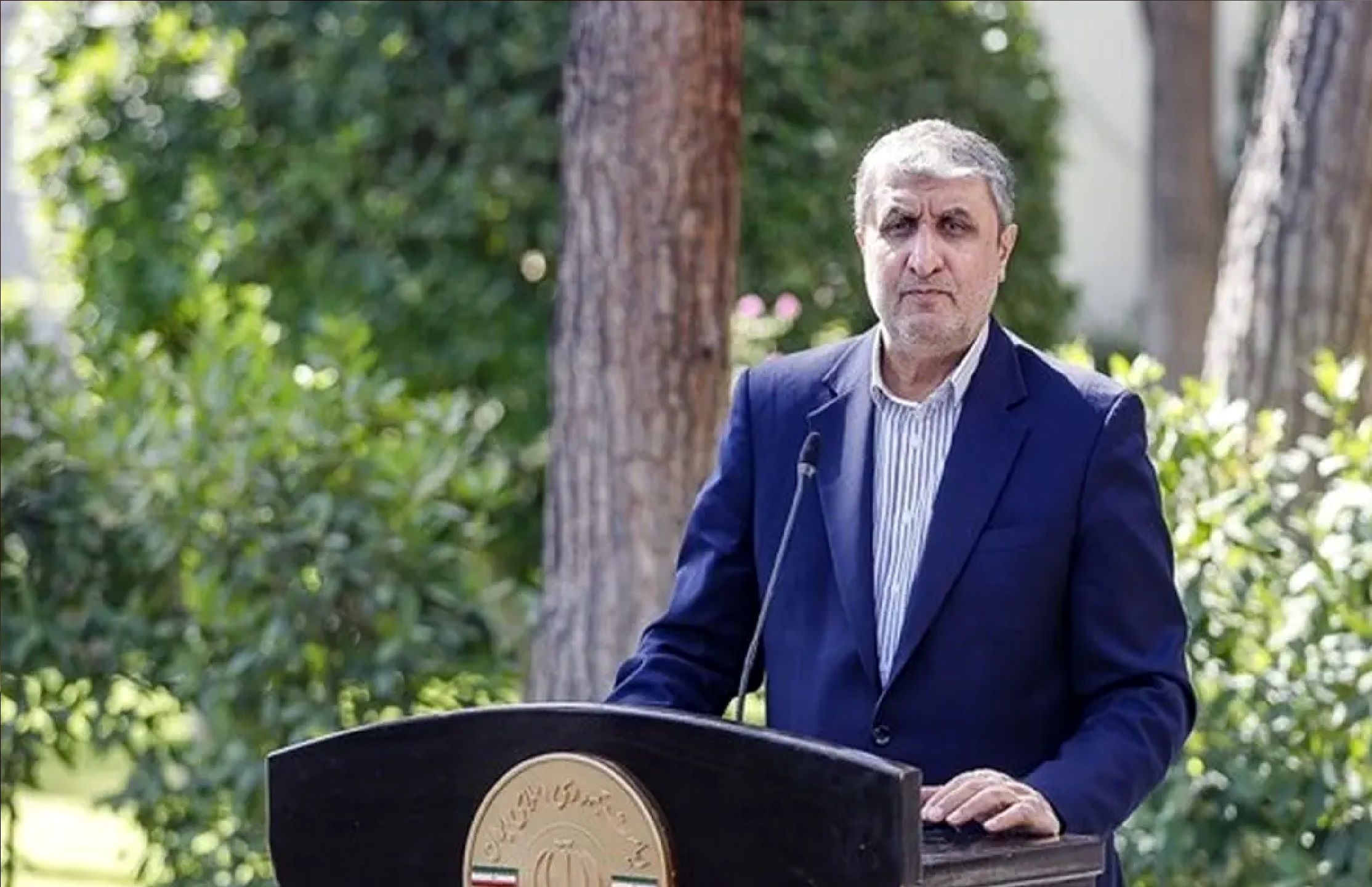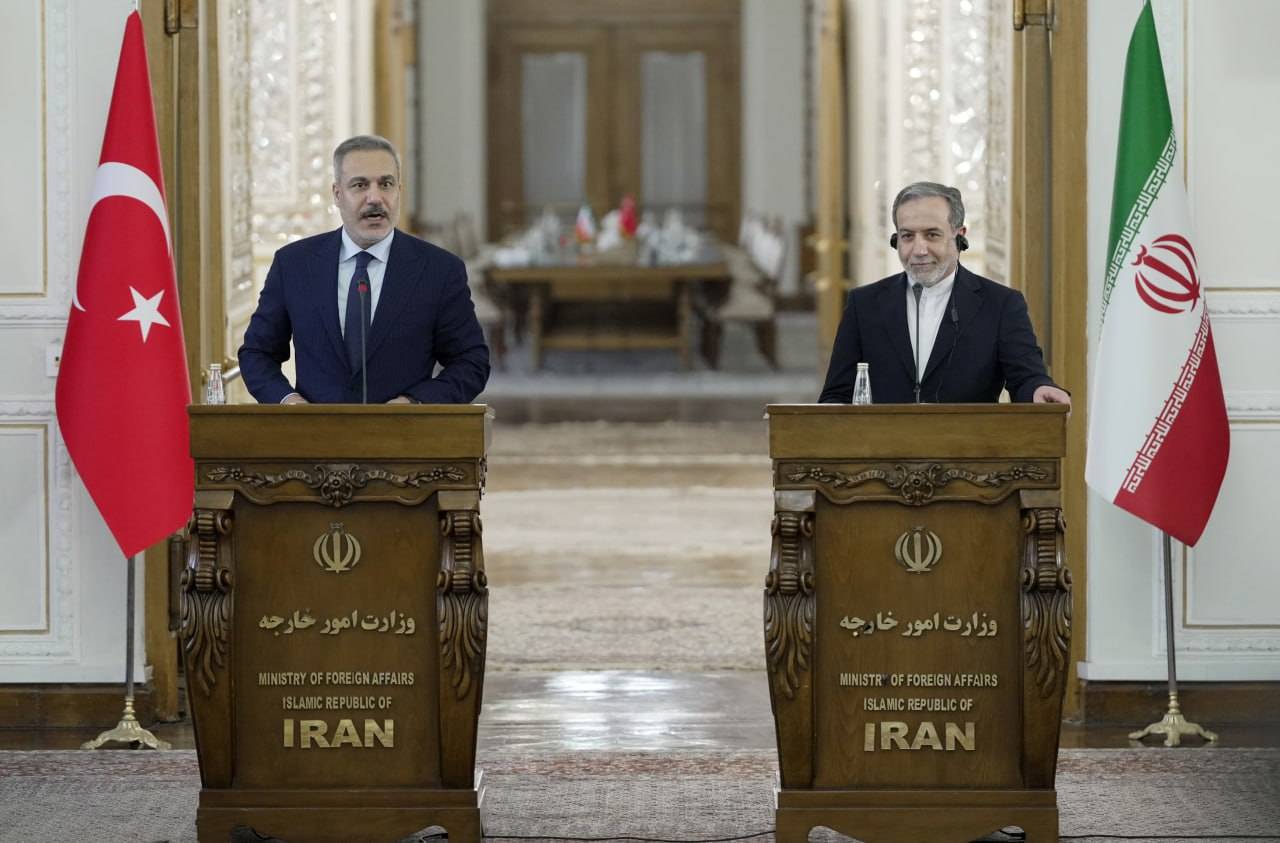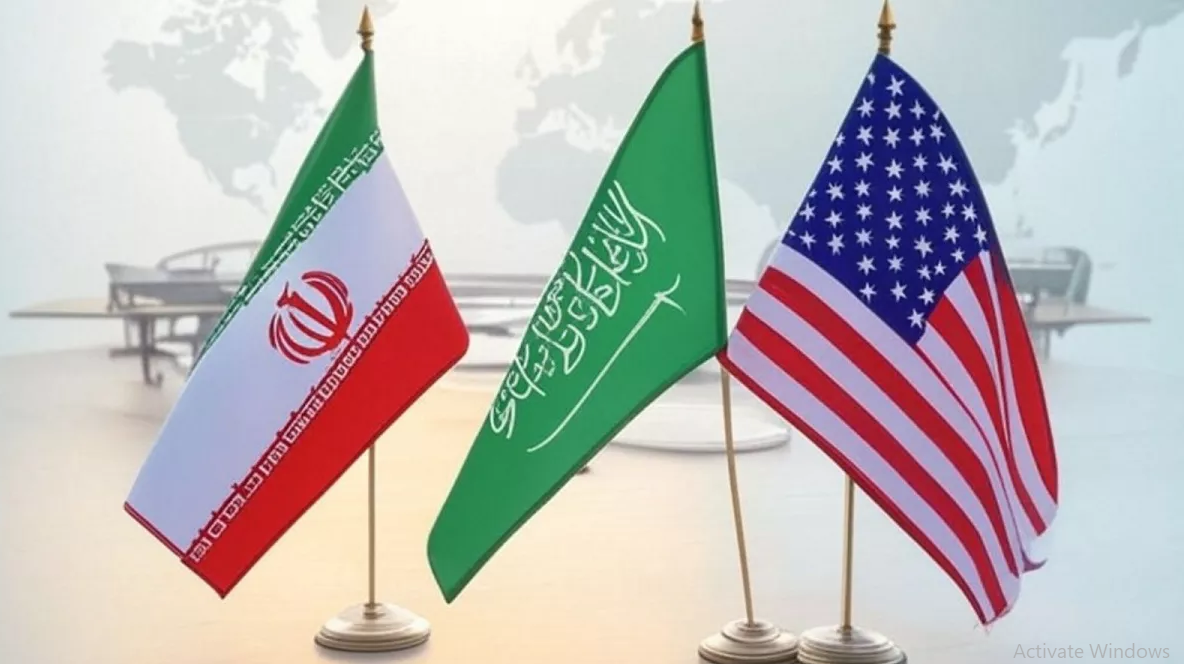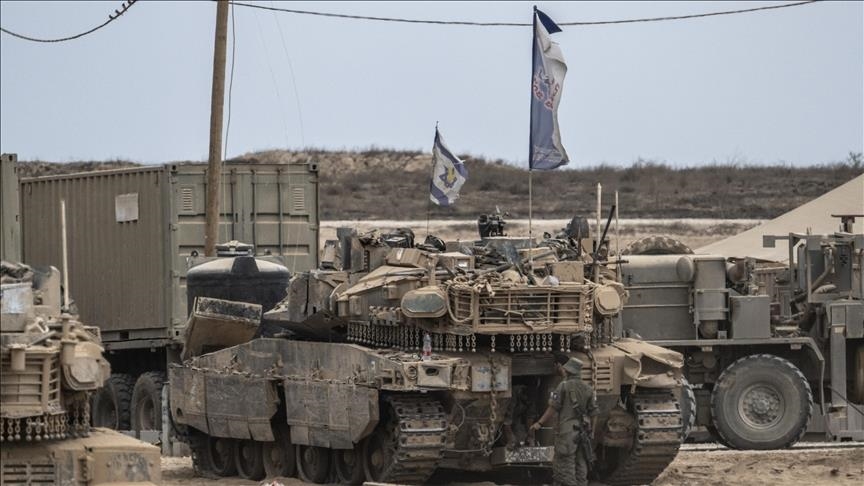Mohammad Eslami, Head of Iran’s Atomic Energy Organization, criticized the recent IAEA report on Iran’s nuclear activities as politically biassed and emphasized Iran’s extensive cooperation with the agency. He also announced plans to triple the country’s nuclear power capacity by 2041 and addressed Israeli threats as well as Iran’s possible response to the snapback mechanism.
Tehran-Iran View24-June 11, 2025
Mohammad Eslami, Vice President and Head of the Atomic Energy Organization of Iran, spoke to reporters today following the Cabinet meeting regarding the recent report by the International Atomic Energy Agency (IAEA) Director General on Iran’s nuclear program.
Eslami stated:
“The Board of Governors mandated the IAEA Director General to provide a comprehensive report on the Islamic Republic of Iran’s nuclear activities. While the report has been submitted, it contains obvious bias and is heavily influenced by political pressures, especially from certain European countries and the United States.”
He emphasized that over 427 inspections were conducted in Iran during 2023 and 2024, an unprecedented number in the history of nuclear activities, averaging more than one inspection per working day. “125 certified inspectors are currently active in Iran, and surveillance cameras are installed at nuclear facilities by safeguards regulations. No nuclear activity occurs without IAEA monitoring.”
Regarding the draft resolution proposed by some Western countries, Eslami said:
“The proposed resolution is illogical, non-technical, and lacks a legal basis. Iran has repeatedly engaged cooperatively and in good faith with the IAEA and other countries, but if confrontational approaches persist, Iran will take reciprocal measures.”
He strongly denied allegations that Iran has failed to comply with safeguards obligations:
“There is no evidence supporting such claims. No obstruction or non-cooperation has been reported by inspectors. Such false reports damage the credibility of international bodies like the IAEA.”
On nuclear energy development, Eslami announced:
“Iran plans to triple the capacity of its nuclear power plants by the end of the Seventh Development Plan. Currently, the Bushehr plant generates 1,020 MW of electricity, which will increase to 3,000 MW.”
He further added that Iran’s nuclear power expansion program aims to generate 20,000 MW by 2041 (year 1420 in the Iranian calendar), involving an $8 billion investment. Two new power units are scheduled to be commissioned by the end of the current development plan, with additional units added annually or biennially thereafter.
On Israeli threats, Eslami warned:
“Our armed forces will respond decisively to any Israeli provocations. If Israel targets Iran’s nuclear sites, Iran will retaliate similarly.”
Regarding the possible activation of the “snapback” mechanism by Western parties, he noted:
“Exiting the NPT remains an option for Iran, to be decided at the appropriate time.”






